When mentioning the word hormones, most people think of sex hormones. Testosterone and estrogen perform a number of important functions that are not only related to sexual energy, but also to the maintenance of good health.
Upon reaching a certain age, a number of changes that are related to reducing the amount of these hormones occur in a woman. It is therefore necessary to compensate for this loss.
In some cases, natural drugs are better than synthetic drugs. Such an alternative are phytoestrogens or the so-called isoflavones.
Estrogen in the female body takes care of its balance. In large quantities, it may cause irritation or bouts of tenderness, associated with premenstrual syndrome.
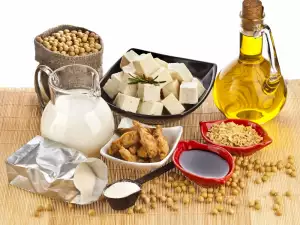
Deficiency of estrogen does contribute to hot flushes and bone loss in women going through menopause. Phytoestrogens possess the ability to bind to estrogen receptors in cells of the body.
Functions of phytoestrogens
Phytoestrogens are substances derived from plants that are similar to female sex hormones. When they enter a woman's body, they regulate the synthesis and compensate for the lack of estrogen to the level, which is necessary for the health and appearance of the woman. Phytoestrogens do not have nutritional properties because their absence does not lead to deficiency.
Generally phytoestrogens are a heterogeneous group of different compounds - flavonols, catechins, flavonoids, flavones and anthocyanins. From a medical point of view, two main types draw the most interest - lignans and isoflavones.
Lignans - have an antioxidant effect, regulate hormonal balance and increase the production of hormones.
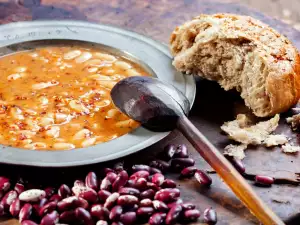
They have a pronounced beneficial effect on the bodies of women during menopause. High levels of lignans reduce the risk of colon cancer.
Isoflavones - these are substances that strengthen the immune system. They are the most potent among estrogens from plants. Isoflavones reduce symptoms during menopause (mostly hot flashes) and prevent cancer. Their antioxidant action is enhanced by concomitant use of vitamin C.
Taking into account these listed effects, it is believed that isoflavones play an important role in the prevention of cardiovascular diseases, cancer, osteoporosis and symptoms of menopause.
Sources of phytoestrogens
Large amounts of lignans are found in cereals and oily seeds, especially linseeds and hemp seeds. Accumulation of isoflavones is seen mainly in the grains, fruits, pods, roots and leaves of plants.
Rich sources of isoflavones include beans, lentils, wheat, rye, corn. Particularly rich are soya products. Soya isoflavones have weak estrogens and the most relevant to human health are daidzein and genistein.

In the pharmaceutical network, there are widespread supplements containing phytoestrogens that are intended to alleviate menopausal symptoms in women. They are also used in cosmetics.
There are many advertised creams that aid in firming, filling out and augmenting the breasts. It is known that women whose bodies do not produce enough estrogen have small busts. However, the use of such creams should be coordinated with a doctor.
Overdose of phytoestrogens
The opinions of researchers on the impact of phytoestrogens are too contradictory. They believe that excessive use of these plant hormones can cause serious damage women's health.
Scientists warn the fairer sex not to overdo the intake of soy products because too much estrogen in the body increases the risk of developing breast cancer.
Studies show that small doses of phytoestrogens act like human sex hormones (estrogen), but in large doses jeopardize their creation and operation.
To obtain the desired effect of the intake of phytoestrogens, the best solution is a timely consultation with a specialist. He must determine the required quantities, so that the phytoestrogens are beneficial to your health.



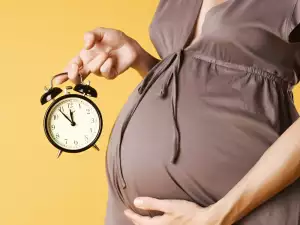




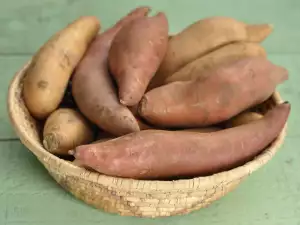
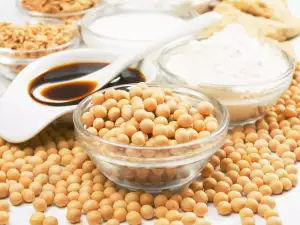
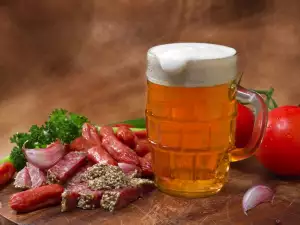
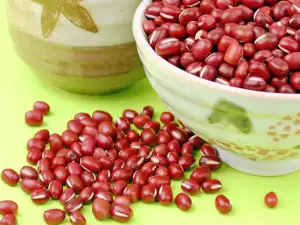
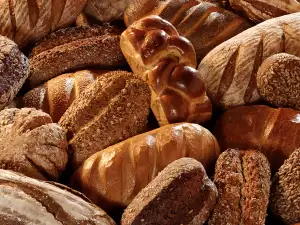
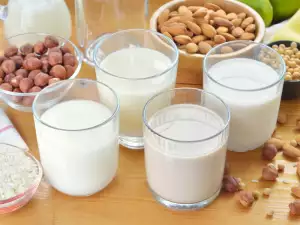
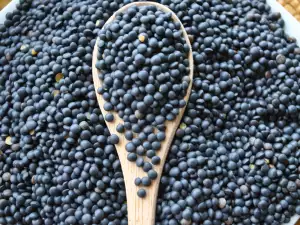
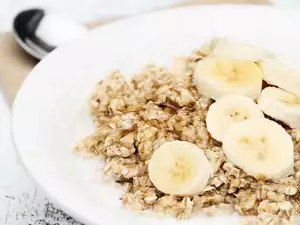
Comments